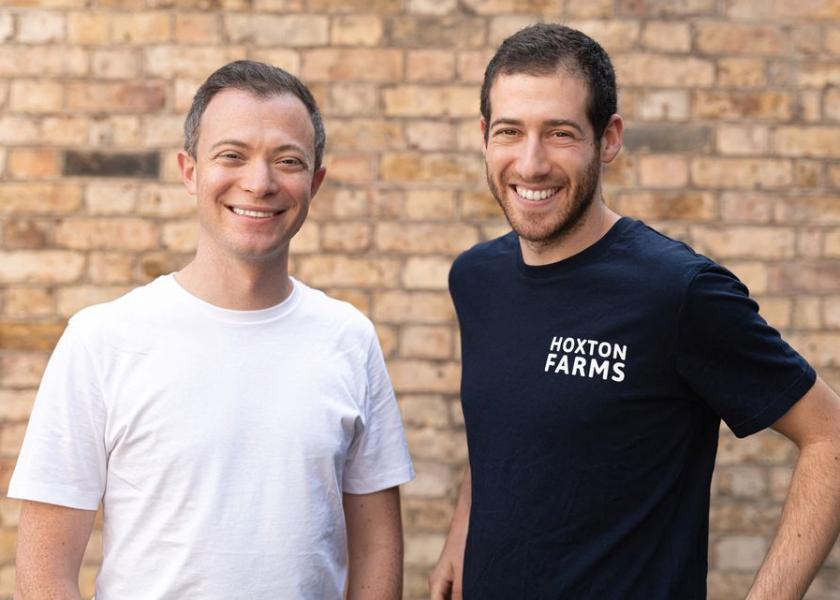Hoxton Farms Raises $22 Million for Cultivated Animal Fat

By Juliette Portala
Editor's note: The following article is provided as news about the alternative protein industry. It is not intended to be an endorsement or advocacy by either Drovers or Farm Journal.
London-based Hoxton Farms said on Thursday it had raised $22 million from investors to build a pilot plant to produce animal fat from stem cells, aiming to tap into the growing market for less carbon-intensive foods.
Many people in developed countries are looking to cut their consumption of traditional meat, but some find plant-based alternatives less satisfying to eat or cook with.
Hoxton Farms seeks to address the issue by producing animal fat from stem cells that can then be used as an ingredient in plant-based products.
"The result is not an alternative. It's real fat tissue, just made in a different way," co-founder Max Jamilly told Reuters.
"Coconut, sunflower, palm, and canola oil taste funky, degrade quickly, burn easily, melt inconsistently," he said in a statement.
The Series A funding round was led by Collaborative Fund, an early backer of Beyond Meat and Impossible Foods, and supported by Fidelity parent FMR LLC-affiliated Fine Structure Ventures.
The investment, which follows a small seed funding round last year, will be used to build Hoxton Farms' pilot facility in London's trendy Shoreditch area, and to expand headcount.
Growing demand for food supplies as the global population rises, coupled with climate change lowering production capacity, "means we're heading for a food security crisis," Jamilly said.
"Long term, it may be possible to feed the entire planetary population with plants alone," he added. "But the reality is that's not going to happen anytime soon."
Sales of plant-based meat in western Europe rose 19% to a record 2.3 billion euros ($2.25 billion) in 2021, according to food sustainability NGO the Good Food Institute. However, sales stalled in the United States. ($1 = 1.0221 euros)
Reporting by Juliette Portala Editing by Simon Jessop and Mark Potter







